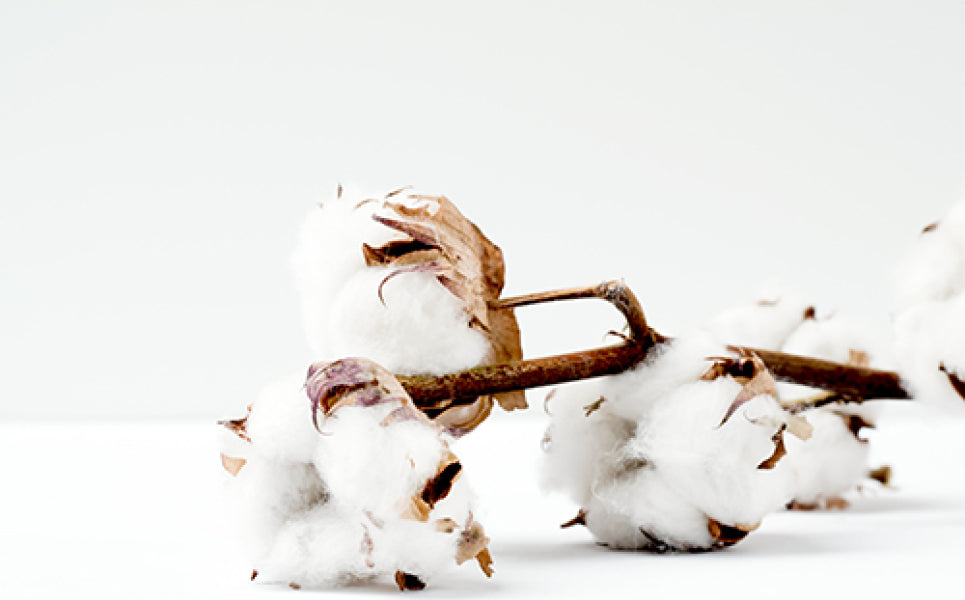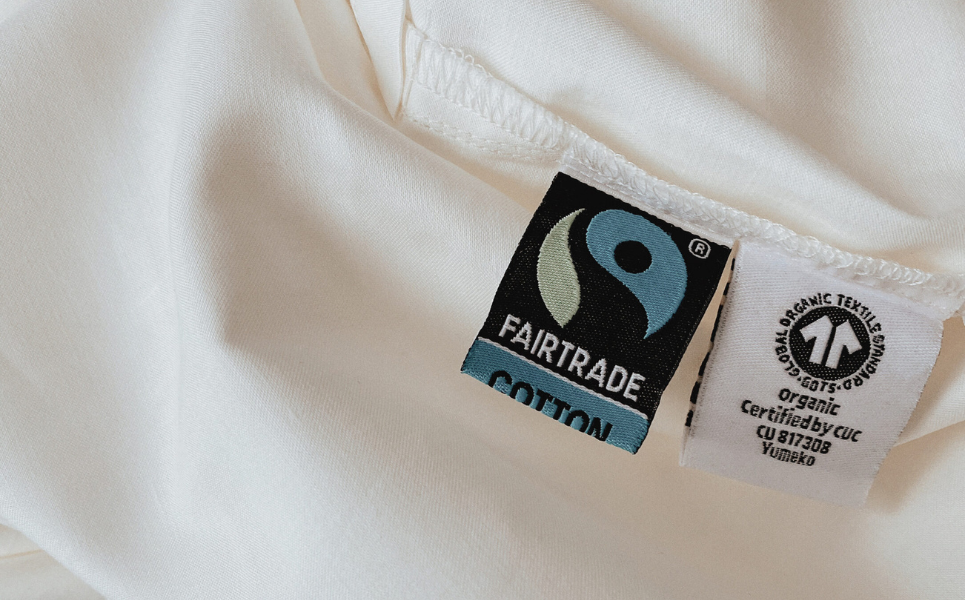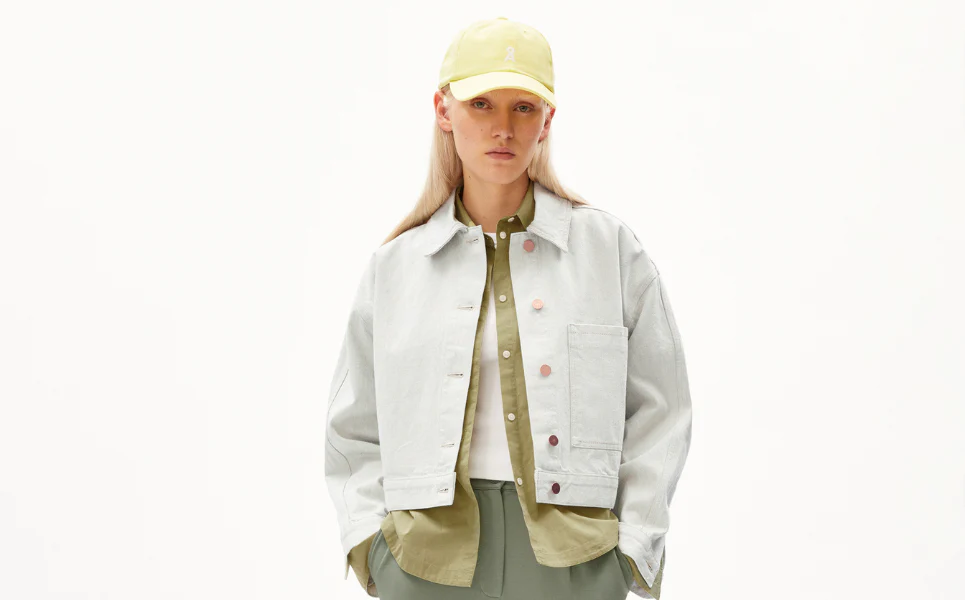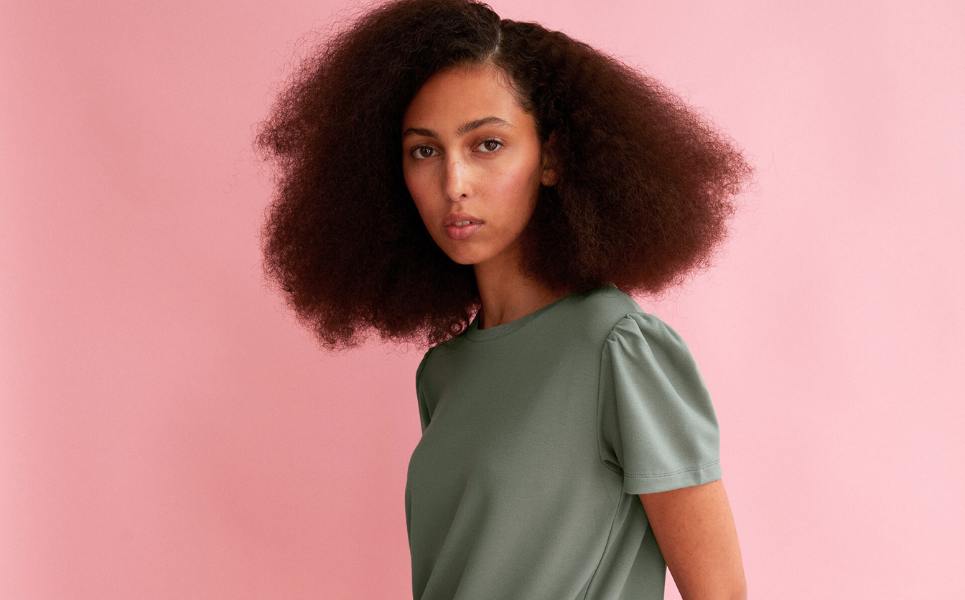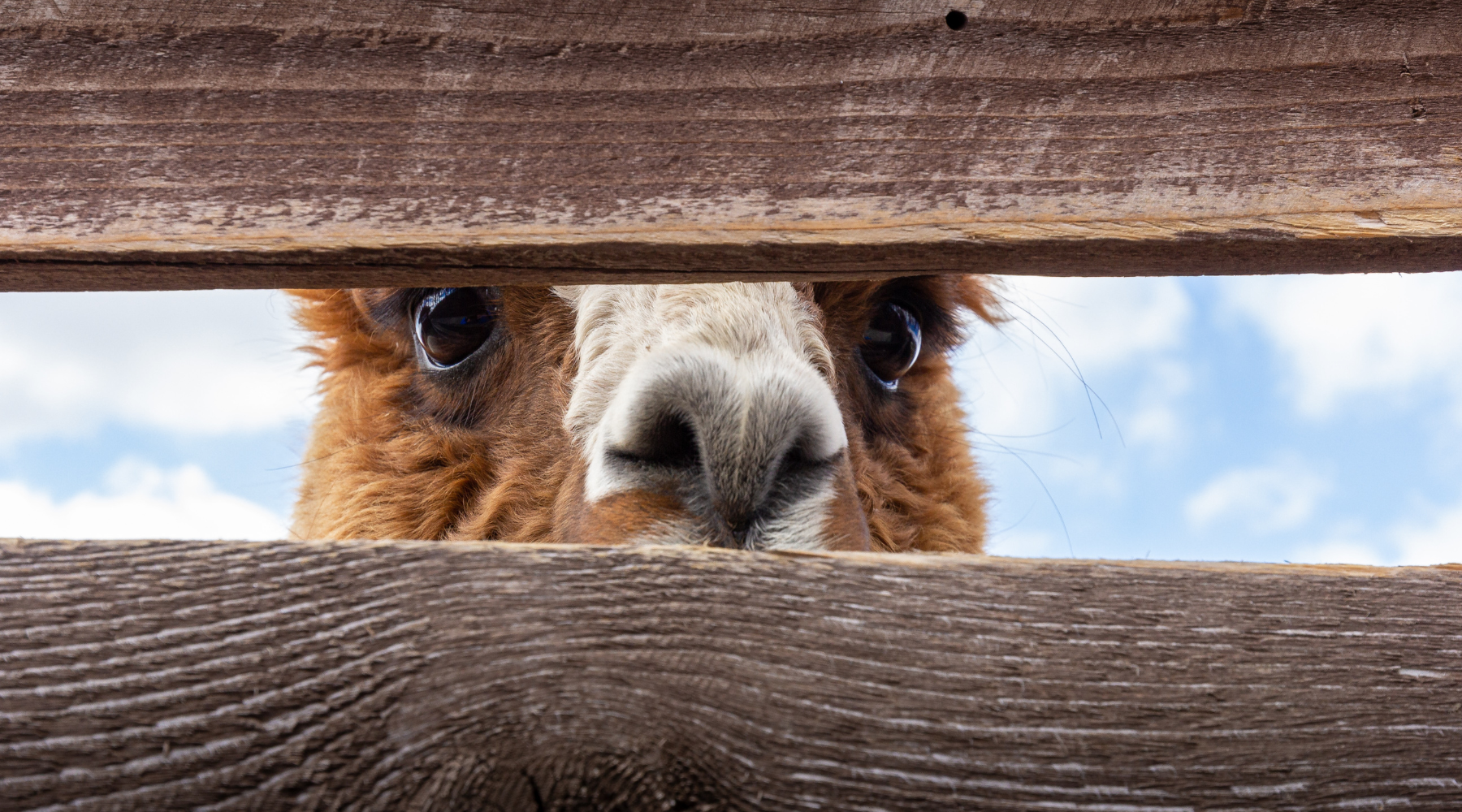You may have seen them already: the beautiful scarves from Bufandy. They are the perfect investment for your winter wardrobe and are made of 80% alpaca wool. But why exactly are alpaca wool scarves part of Sophie Stone's assortment? What makes this fabric durable and worth the investment? Anna Sophie explains in this blog.

Alpacas and sustainability
Alpaca herds are found in countries such as Peru, Bolivia and Ecuador, among others. Here they live high in the mountains. Because agriculture or other livestock farming is hardly possible at this altitude, they do not occupy space that could be used for other purposes. Moreover, the water with which the alpacas are maintained at this altitude comes from a from natural source.
Also, the alpaca is a so-called soft eater. This means that they eat only the upper part of the grass neatly. So they do not pull them out of the ground with roots and all. In this way, the plants get a chance to grow back and the soil stays in good condition. In addition, they require comparatively much less food than other cattle raised for their wool.
All in all, the alpaca has a much smaller ecological footprint than sheep and goats, for example. In fact, wool is one of the five most environmentally damaging materials. Sheep farming in particular has a huge carbon footprint. The methane emission of alpaca wool is 44% lower! Therefore, it is certainly not unwise to choose alpaca wool from now on if you like to make environmentally conscious choices.

Advantages of alpaca wool clothing
The properties of alpaca wool itself also bring many (sustainable) benefits. For example, alpaca wool has a very low fat content, much lower than sheep's wool, for example. In fact, unprocessed sheep's wool naturally contains a lot of fat which often retains a lot of dirt. Therefore, it must be washed first. This also applies to alpaca wool, except that because of its low fat content, washing alpaca wool is a much less elaborate process and therefore requires much less water and energy.
And did you know that this low fat content also makes the wool hypoallergenic? You probably know the situation: very nice, such a wool sweater, but it itches so much! Then go for alpaca wool. Alpaca wool clothing is much less itchy than sheep's wool. This is because the structure is different. In fact, the structure of sheep's wool is the reason it can itch so much on your skin. In addition, alpaca wool does not contain lanolin, the very thing that makes sheep's wool greasy and can also cause an allergic reaction. Alpaca wool is therefore hypoallergenic and thus perfect for sensitive skin.

The Thinking Mu Holly blue from alpaca wool
Finally, in addition to the fabulous scarves from Bufandy, we have one other item made of alpaca wool: the Holly sweater from Thinking Mu. The wool of this sweater comes from alpaca breeders in Peru. Thinking Mu says it is extremely important to continue supporting these indigenous families who have been taking good care of alpacas for thousands of years.




